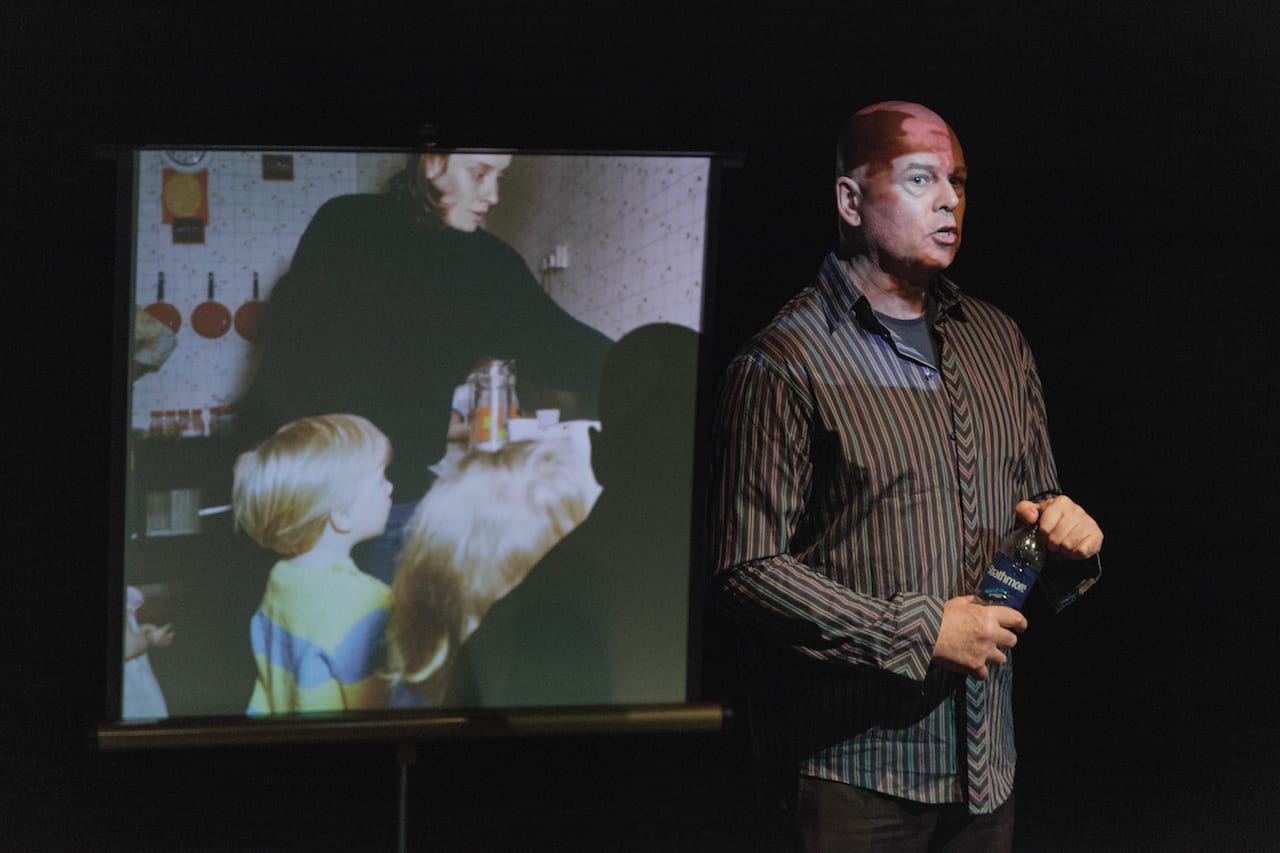The question mark is very important, says Susan Bright of the title of her latest…


It’s six years since the inaugural edition of Unseen Amsterdam arrived with the mission to shake up the art fair model, focusing on emerging photographers and collectors, and instilling a welcome dose of fun to proceedings. And despite its beginnings during difficult times for arts funding, the ‘fair with a festival flair’ has largely succeeded, developing into something more ambitious than a glorified trade show, with its own public programme and a city-wide celebration of the medium in one of the world’s great photography capitals.
The emphasis remains on championing new talent, and with this in mind, the latest addition to Unseen is Futures, a cross-European photography platform bringing together 10 cultural institutions from around the continent, each with their own talent programmes.

For the past five years, Ulla Deventer has been working on a project about women and prostitution in Europe – specifically in Brussels, Athens and Paris – but also, more recently, in Ghana. Several of the women she met in the project’s early days were from West Africa, and Deventer developed close friendships with some of her subjects, who inspired her to travel to their home countries to experience first-hand what life is like for women living there.
In May 2017, Deventer, who was born in Henstedt-Ulzburg in north Germany and is now based in Hamburg, spent six weeks in Accra, the capital of Ghana, where she focused her attention on the living conditions of the city’s youth, particularly its female sex workers. She recently returned to the country to continue to work on Butterflies Are a Sign of a Good Thing – an extension of her original project.

The first night he spent in a bothy, a primitive and remote man-made shelter, Nicholas…

In the late 1980s, while studying, David Moore made a series of colour photographs depicting the everyday lives of working class communities in Derby. In Pictures From the Real World, since published as a book by Dewi Lewis, we meet married couple Lisa and John, among others. Intrigued by the notion of returning photographs to the contexts from which they came, Moore had the idea for a new imagining of the work as a piece of verbatim theatre (drama derived from unedited spoken transcripts), through which the photographs could be ‘returned’ to the couple. Moore invited Lisa and her now ex-husband John to work with him on what he calls an “archive intervention” – to create new dialogues from the photographs. From this The Lisa and John Slideshow was born, a 45-minute play written and directed by Moore, assisted by Gavin Dent, where actors played the couple.